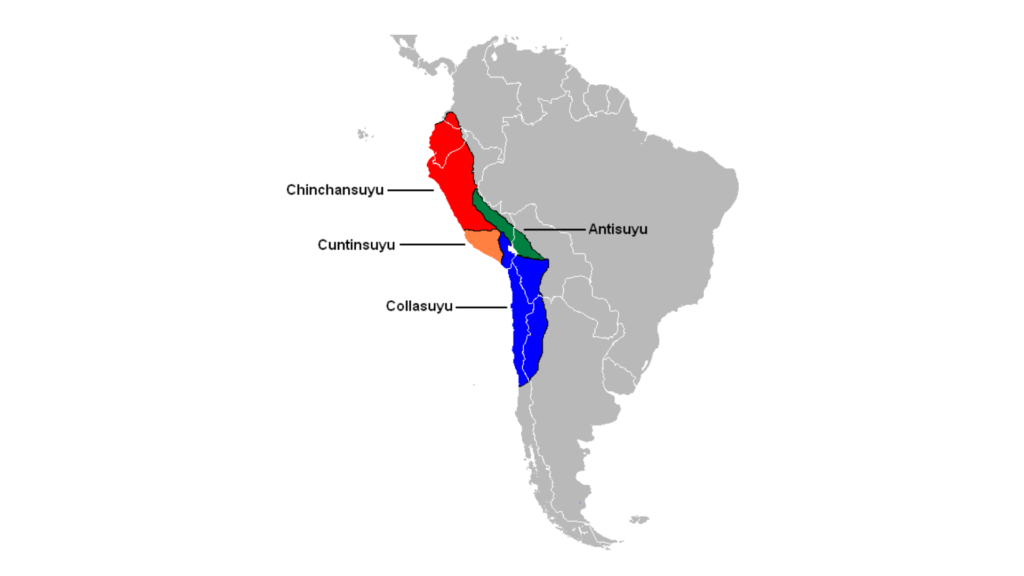Upon publishing the first Collasuyo system on the blog earlier, we received questions about what Huacas and Ceques are.
So, we decided to create a specific blog to explain these two important terms and systems in ancestral knowledge.
Even so, we realize that the information provided is not exhaustive, as there is extensive research available for those who wish to delve deeper into this topic and satisfy their curiosity.
We hope this blogs plants the seed of curiosity, serving as the beginning of new knowledge.
Ceques
According to the Quechua Language Academy, “ceq’e” means scribble or amorphous lines.
The ceques were lines radiating from Cusco, organizing the huacas or shrines around them, forming a complex religious spatial system known as the “Sacred Space of Cusco.”
These lines were intricately linked to geography, geometry, astronomy, and social groups.
Specific families from Cusco managed each ceque, overseeing several huacas or shrines and taking responsibility for their care and offerings.

The shrines were distributed as follows:
- Chinchaysuyo had 9 ceques with 85 huacas
- Antisuyo had 9 ceques with 78 huacas
- Collasuyo had 9 ceques with 85 huacas
- Contisuyo had 14 ceques with 80 huacas
Totaling 41 ceques with 323 huacas.

The Incas used these principles with some additional refinements.
A panaka or ayllu always managed the ceques that included the huacas marking the water sources for Cusco‘s main canals (Sherbondy 1982).
Each group included a ceque of higher rank (Qollana), another of middle rank (Payan), and the last of lower rank (Kayao).
These organizational principles of the ceque system arranged the geographical space of the Cusco Valley in a radial form, with the Coricancha temple at its center, and simultaneously organized the economy by distributing the irrigation districts within the territories of the panakas and ayllus.
Lastly, they organized the religious obligations that served to reaffirm the rights of the panakas and ayllus to their waters and lands (Sherbondy 1982).
The Significance of Ceques
Integration into the Ceque System:
- The Inca authorities incorporated the huacas into the official ceque system, creating a structured, ceremonial, and administrative framework.
- This inclusion transformed huacas from purely spiritual entities into key components of political and civil governance.
Political and Civil Functions:
- The selection of huacas for inclusion in the ceque system was a political act, influencing which ayllus (lineages or clans) were granted the privilege to reside in the capital city, Cusco.
- The ceque system determined the distribution of resources and administrative control across the empire.
Ceque System and Irrigation Districts:
- The ceque system aligned with the boundaries of irrigation districts, integrating spiritual and practical aspects of land management.
- People placed ceques strategically according to the needs of the regions they demarcated, rather than following a geometric ideal.
Land and Water Rights:
- The ceque system served as a record of water and land titles, codifying property rights by linking specific panakas (noble families) and ayllus to their designated irrigation sources.
- This codification reinforced the political and social structure of the Inca Empire.



